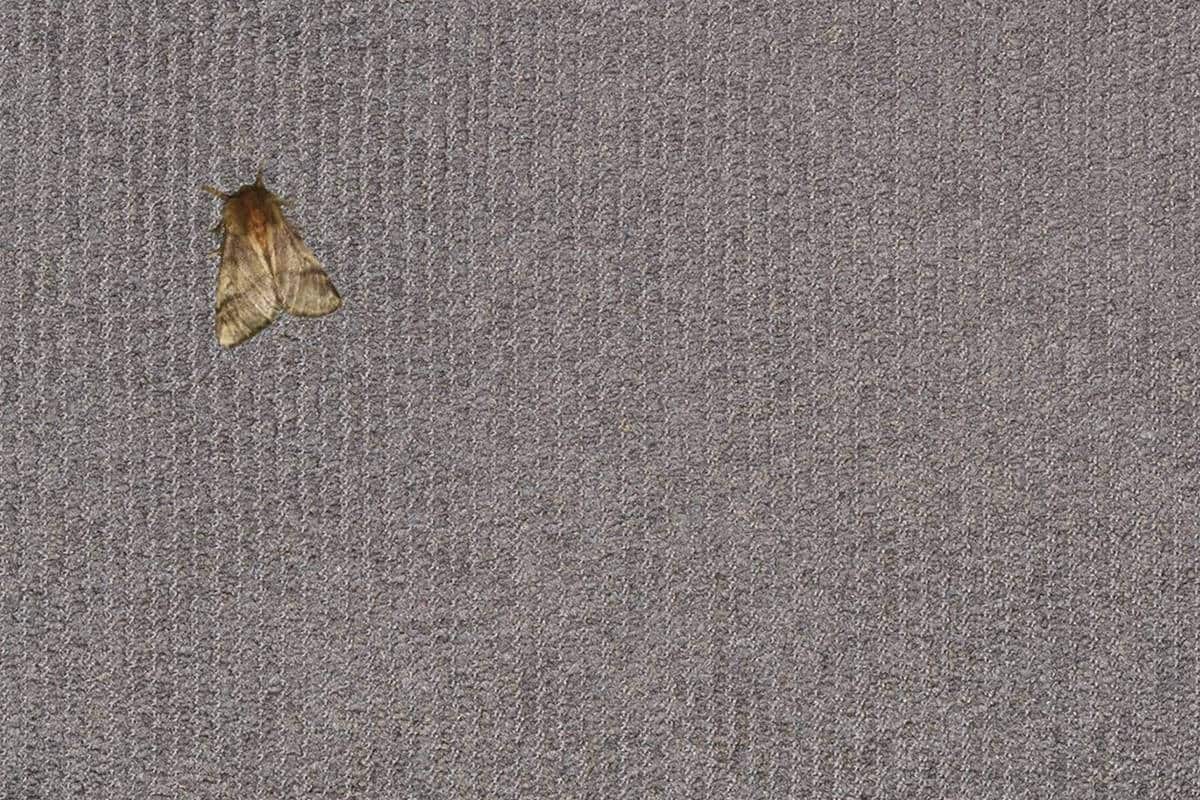
Carpet moths are a perennial problem in many parts of the USA, including in Arvada and the surrounding area. Carpet cleaning companies throughout the nation (including Steve's Carpet Care & Restoration) often visit homes where infestations have caused extensive damage and, unfortunately, once it reaches this stage, the only practical solution to the problem is to replace the carpets or rugs in question. However, if you look out for early warning signs and take preventative action, it is possible to keep this particular household pest at bay, or at least to prevent your carpets from being damaged beyond repair. In today's blog post, we are going to tell you how to identify a carpet moth infestation, what to do about it, and how to prevent one from occurring in the first place.
Expert Carpet Moth Advice from the Leading Arvada Carpet Repair and Cleaning Company
The term ‘carpet moth’ is used to refer to several species of moth that are known to infest and cause damage to carpeting in Arvada and other parts of the USA. The most common types of carpet moths you’re likely to come across are relatively small creatures, with a wingspan of around half an inch. According to our carper repair experts, they will most likely be either yellow or pale brown in color and will have a smooth, shiny appearance.
Confirming an Infestation
In addition to sightings of the moths themselves, you should check for larvae and eggs, as well as damage to your carpets, on a regular basis. The eggs, which are normally white in color, are quite hard to spot, owing to their small size. However, the larvae are considerably easier to spot: they are cream in color and look very much like maggots. Because carpet moths prefer dark, warm, and quiet spaces, it is important to check underneath and behind any large pieces of furniture you may have in your house, along with any areas where you or other members of your household rarely venture.
The type of damage you may see if you have an infestation includes threadbare patches and frayed carpet fibers. These patches and frayed areas may be very small - and therefore quite difficult to spot - in the early stages but, as the infestation progresses, typically they will become much larger and consequently much easier to spot.
Now you know what to look out for, let’s move on to discussing what you can do if you think you have a problem with carpet moths in your home. For those who are living in Arvada, carpet repair by our team of specialists is always an economical solution but before you start planning the restoration of your carpets, you will need to rid yourself of the infestation. To find out exactly how to do that, please continue reading below.
Dealing With a Carpet Moth Infestation
The first thing you need to do when dealing with a potential carpet moth infestation is assess the extent of the problem. This can most easily be done by laying carpet moth traps in areas where you have spotted carpet moth larvae/eggs or any unexplained damage to your carpets. As moth traps contain female pheromones to attract male moths, they also have another use: by removing male specimens from your carpeting they are sometimes able to effectively disrupt the breeding cycle and thereby reduce the severity of an infestation or even eliminate it entirely.
If you are not able to bring the infestation under control through the use of carpet moth traps alone, make a note of the number of moths you have trapped and call for help. Your local carpet cleaning professionals will be able to eradicate all larvae and eggs by cleaning your carpets with powerful, truck-mounted steam cleaning machines and can provide advice on fumigation with pesticides if further treatment is warranted.
Assuming you have either eliminated the infestation yourself or with the help of your local carpet and rug cleaning specialists, the final step is to learn how to prevent future problems with carpet moths.
Preventing Carpet Moths with the Help of Your Local Carpet Cleaning Professionals
As we mentioned at the beginning, carpet moths love quiet, dark, and warm spaces, with plenty of food for their larvae, which may, unfortunately, include your woolen carpet fibers. The larvae also feed on other types of animal hair, and human hair too. The thing that all of these things have in common, which makes them an attractive food source for carpet moth larvae, is a protein called keratin. With this in mind, you can imagine how much more attractive your carpets will become to these pests if they are covered in pet hair and/or human hair.
To avoid making your carpets a haven for carpet moth larvae, we recommend that you have them deep cleaned once every year or so (you can easily find contact details for local carpet cleaning companies online and if you happen to be in our service area, please feel free to get in touch with us).
If regular deep cleaning alone is not enough to prevent future issues with carpet moths, there are a number of chemical and natural treatments you may wish to consider. These include herbal remedies and powerful pesticides. You can also take the following measures to minimize the chances of a future infestation:
By taking all of the above measures, you should be able to eliminate carpet moths from your home. If, however, you cannot get rid of them completely, you may wish to consider laying synthetic carpeting in your home instead of woolen carpeting.
For more help and advice on carpet moths, from the Arvada carpet repair and cleaning experts, feel free to call or message us.
